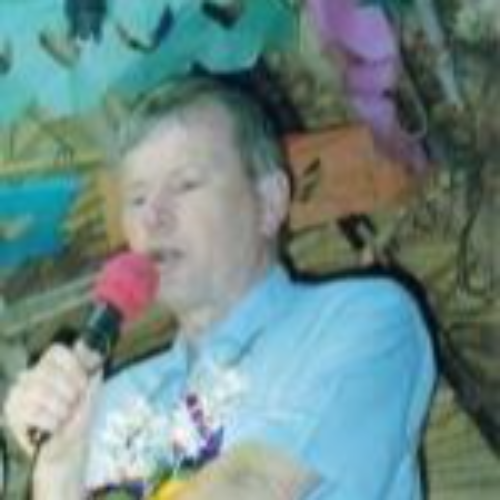-
A Peaceful Triumph
Contributed by Christopher Holdsworth on Sep 26, 2020 (message contributor)
Summary: Every step of the way replete with Messianic undertones, the King enters His capital with meekness and humility.
A PEACEFUL TRIUMPH.
Mark 11:1-11.
Another group of pilgrims was arriving in Jerusalem to celebrate the Passover, and those already there were shouting the traditional welcome: “Blessed is he who comes in the name of the Lord” (Mark 11:9). The words are from Psalm 118:26 – a Psalm which is often heard at this feast. It was a festive hope that perhaps ‘this year’ the ‘Son of David’ would arrive to conquer Israel’s enemies.
Pilgrims would usually enter the City on foot: so this one traveller was noticeable in that He came riding on a colt. A humble enough animal, but there was something about the man. Mark does not mention Zechariah 9:9, but other gospel writers do: could this be the King, humble and riding on a colt?
The crowd evidently thought so, as the traditional welcome went a stage further with not only the waving of branches purposefully taken down from the trees, but also the spreading of their garments in the way (Mark 11:8). The liturgy became pregnant with hidden meanings - “Blessed be the kingdom of our father David: Hosanna in the highest” (Mark 11:10). Hosanna means, ‘Save now’ – an appeal to God for deliverance, which is also used to express praise and adoration to God.
When Peter, James and John were in the mount of Transfiguration with Jesus (and Moses and Elijah), Peter had characteristically blurted out the first thing that came into his mind: ‘for he knew not what to say’ (Mark 9:6). Perhaps the crowd were doing this here: for who really knew who Jesus is, or what kind of salvation He had come to accomplish? Yet Jesus knew, and so would all who would eventually have faith in Him.
Jesus had spoken about His coming death on more than one occasion. Mark 10:33-34 explicitly mentions Jerusalem; and Mark 10:45 mentions the substitutionary character of His death. As the apostolic band passed through Jericho, Jesus healed another blind man who thereafter followed Jesus in the way (Mark 10:46-52) - demonstrating that there is still hope for those who have faith (cf. Hebrews 11:1).
Jesus was well aware of what awaited Him in Jerusalem, but was all the more determined to go there. The events of our current passage demonstrate that He remained in control of His own destiny. Every move was replete with Messianic undertones: even His approach toward the City from the direction of the Mount of Olives (Mark 11:1; cf. Zechariah 14:4).
The finding of the colt (Mark 11:4) was no coincidence: Jesus had demonstrated prophetic insight (Mark 11:2). The detail that the colt had not yet been broken in is significant, as it rendered the animal ceremonially clean. He even anticipated the challenge of the bystanders (Mark 11:5-6): and no doubt when the two disciples said, ‘the Lord has need of him’ (Mark 11:3), that settled the matter.
The disciples cast their own garments over the colt, and sat Jesus upon him (Mark 11:7). All was set for Messiah to make His triumphant entry into Jerusalem – but the sequel would not involve the planting of the Davidic banner in the City Centre and a Maccabean-like call to arms. Kings rode on colts to demonstrate their peaceful intentions - and whatever men may do to Jesus, He came to establish a ‘peace which passes all understanding’ (Philippians 4:7).
Mark’s masterful anti-climax is: Jesus entered into Jerusalem, went into the Temple, looked around; and when evening came, He returned to the Mount of Olives (Mark 11:11).
The Cross was already casting its shadow.

 Sermon Central
Sermon Central



